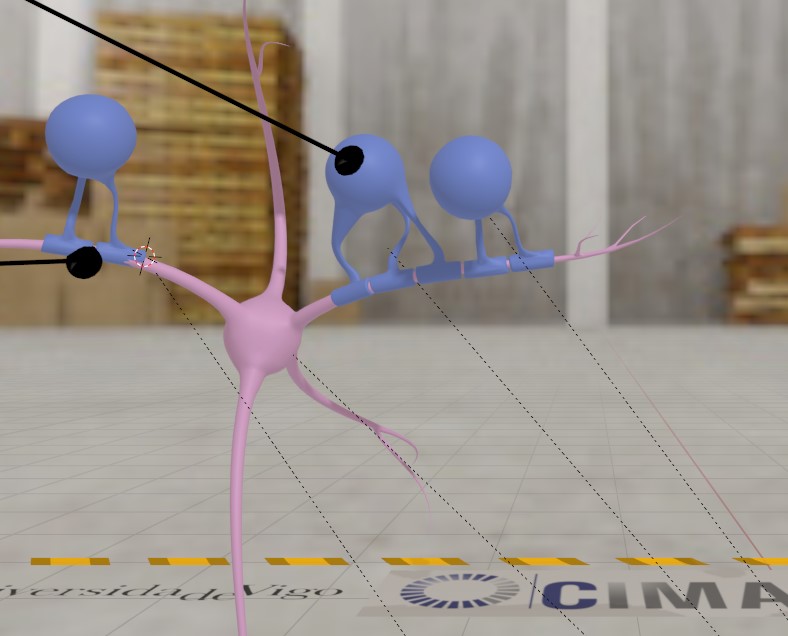

In April 2022 the GID (Teaching Innovation Division) was created. Throughout this year an analysis of the state of the art in the VR theme has been made.
Hardware:
- The performance of the VR glasses HTC Vive is analyzed.
- The performance of the META Quest 2 glasses is analyzed.
- The performance of lowcost glasses for smartphones is analyzed.
Software:
- The Steam platform is discussed.
- Various VR programming environments are analyzed (Unity, Unreal, Amazon Lumberyard, Construct 3, WebXR and Blender, among others).
It is decided to bet on the use of glasses META Quest 2 and a WebXR environment. The advantages of this decision are:
META Quest 2 glasses are more economical, autonomous (without wiring), have good refresh frequency, independent from the use of Steam and allow access to WebXR environments.
Using WebXR allows you to access the VR through web browsers. This means that both students with access to VR glasses (of any kind) and students without them can have access to the teaching content, which will see the content as standard 3D simulations.
You acquire expertise in WebXR programming, without reaching employable content during the course 2021/2022.
A VR simulation project of robotic arms is initiated for possible use in subjects related to industrial automation.
A VR simulation project of the transmission, steering and suspension systems of a passenger car is started for possible use in the Automobiles subject. A collaboration agreement is reached with the training department of the Stellantis-Vigo group for its use.
This website is created and provided with content.
The diffusion of our ability to design VR environments for teaching is initiated by various means among the UVigo faculty. It is considered strategic that our teaching innovation group can collaborate with other training areas of the University in the elaboration of VR contents for teaching in their specialties (fine arts, geography and history, etc.)
Given the magnitude of the work done and the work that remains to be done, the students have not been able to take effective advantage of the progress achieved in the current course. We are working on a minimum number of VR glasses of minimum quality to be able to use the work developed effectively in the classrooms. Students can access VR content from home via the web, although today few have VR systems at home.
For the next course it is planned to have a first VR web environment with some of the vehicle systems.
Below are several VR models developed as examples/first steps part of the design and development process of the VR platform in which we are involved. Click on any image to access 3D/VR.
Those who have VR glasses can see them through an immersive experience by pressing the “VR” button. Who doesn’t, can simply manipulate in the 3D environment.
If you wish, please contact us to explore avenues of collaboration through cimacademic@uvigo.gal












